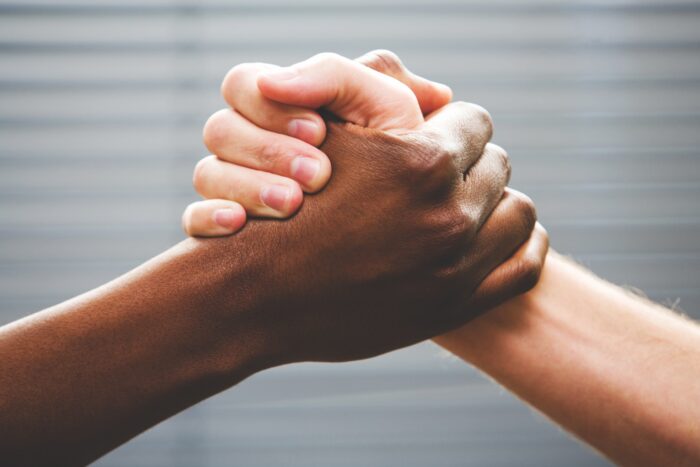
The term “intersectionality” was coined by Kimberly Crenshaw, a law professor at Columbia and UCLA, more than 30 years ago. In her 1991 article “Mapping the Margins,” she explained how people who are “both women and people of colour” are marginalized by perspectives that are shaped to respond to one identity or the other, rather than both.
Intersectionality was added to the Oxford Dictionary in 2015 because its importance is being increasingly recognized in the world of women’s rights.
The Oxford Dictionary defines intersectionality as “the interconnected nature of social categorisations such as race, class, and gender regarded as creating overlapping and interdependent systems of discrimination or disadvantage”.
Intersectionality is also an acknowledgment that everyone has their own unique experiences of discrimination and oppression.
Consider an LGBT African-Canadian woman and a heterosexual white woman who are both working class. They do not experience the same levels of discrimination even though both may be poor. The African-Canadian woman may experience homophobia and racism at the same time while the white woman may experience gender or class discrimination but not racism.
When thinking about intersectionality, consider any factor that can marginalize people. Consider gender, race, class, sexual orientation, immigration status, physical ability, as well as other factors.
What can I do to be an intersectionality ally?
Check your privilege. Look beyond colour. Middle class? University level education? Able-bodied? Cisgender? All of your social identities come into play when examining your privilege. Reflect and consider how this could impact the discriminations you do or do not experience.
Listen and Learn. Listen to the words and stories of diverse groups of women and girls. Hear and honour their words. But remember that it is not their job to educate people on their experiences. Take on some of the emotionally charged work by doing your own research.
Make space for others. Ask yourself if you are the right person to speak on certain issues. Don’t speak for others. Let them tell the stories of their experiences.
Watch your language. Some of the words we use each day, without thinking, may be exclusionary or offensive to marginalized groups. Recognize and correct your use of language.
In an interview in 2020, when Crenshaw was asked to describe what intersectionality means to her today, she said, “It’s basically a lens, a prism, for seeing the way in which various forms of inequality often operate together and exacerbate each other. We tend to talk about race inequality based on gender, class, sexual, or immigrant status. What’s missing is how some of these people are subject to all of these and the experience is not just the sum of its parts”.
As we do our research, as we discuss intersectionality at our book clubs, church groups or other discussion groups, and as we become better at understanding differences in each other, we can then become a better intersectionality ally.
- Carmen Titus, CKLC SHIW Lead Lawyer (www.cklc.ca, 519-351-6771)





